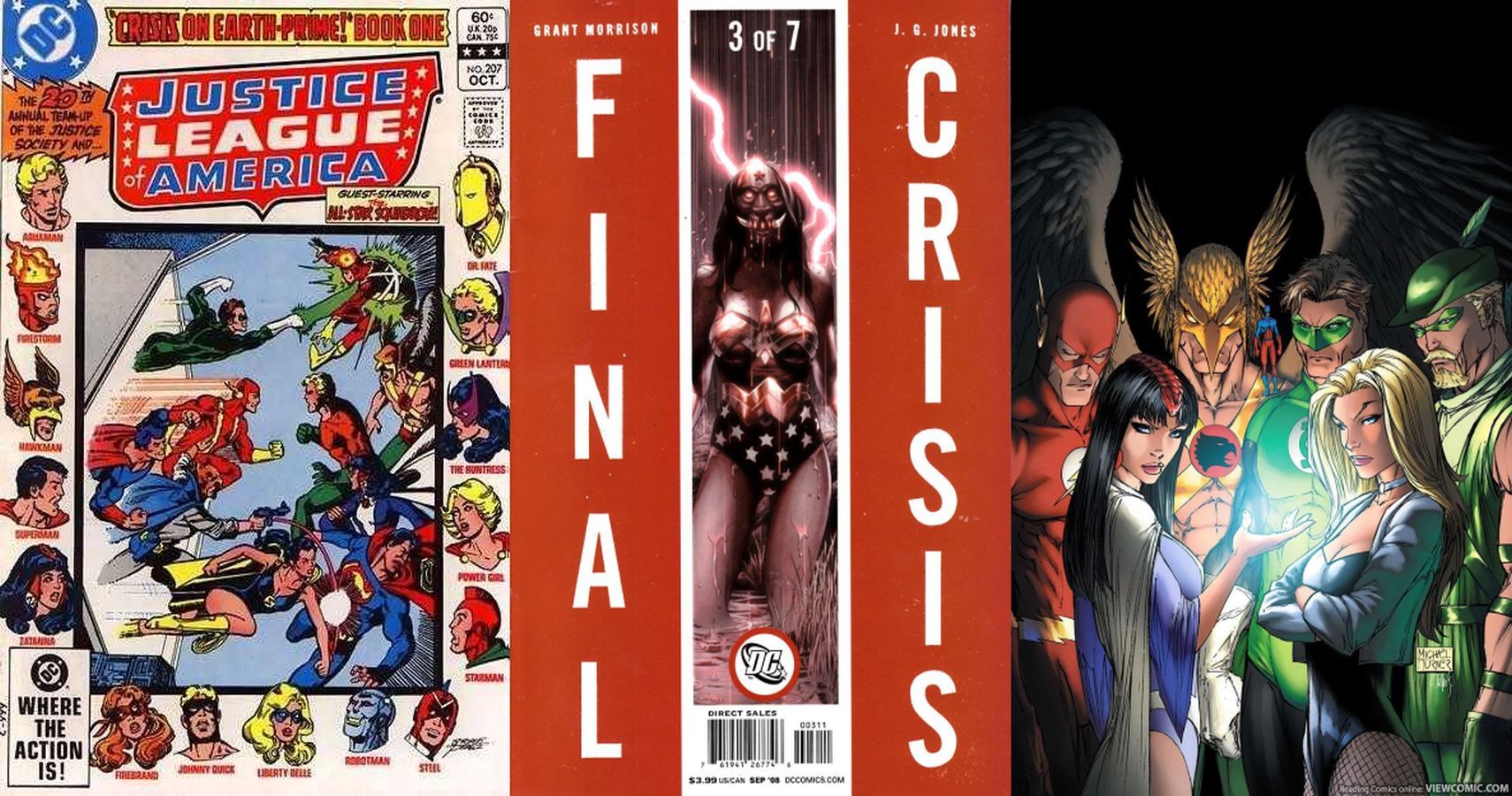
The term "crisis" is common in the DC Comics lexicon. Many of its biggest crossover events have featured the word as part of their descriptions. This includes the 2022 event Dark Crisis. Each has met the definition of a crisis, a time of intense difficulty or danger.
Modern comic readers might think Crisis on Infinite Earths is the first time DC applied it to a big event. However, there have been numerous crises that go back to the Silver Age, each one with its own share of troubles.
9 Crisis On Earth-One (1963): The JLA And JSA First Meet
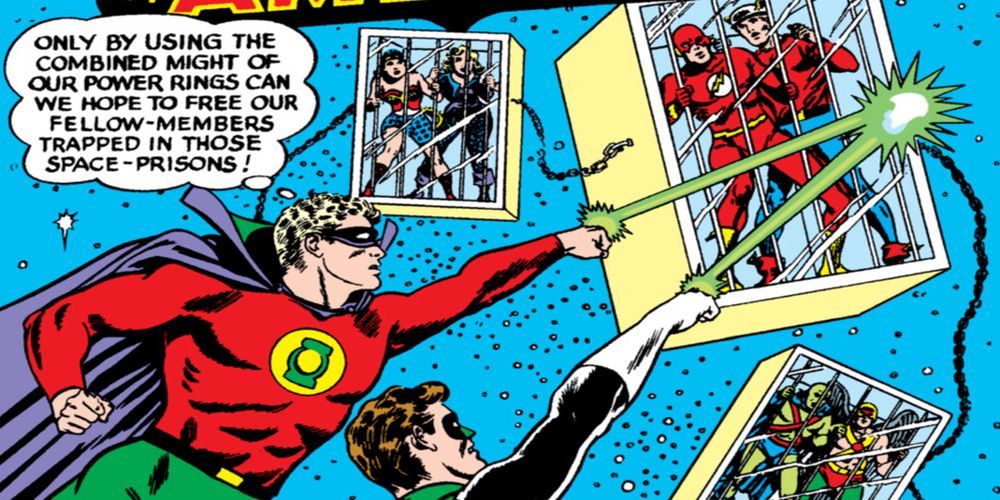
The first known crisis is also the initial meeting of the Justice League and the Justice Society. It was an event bound to happen after Barry Allen, the Silver Age Flash, met his Golden Age counterpart, Jay Garrick, in Flash #123. Unfortunately, it wasn't a happy gathering.
The two-part "Crisis on Earth-One" and "Crisis on Earth-Two" appeared in Justice League of America #21 and #22. Written by Gardner Fox and drawn by Mike Sekowsky, the story features the teams battling their respective arch enemies. The first issue introduces the players while the second establishes smaller team-ups of JLA and JSA members as they quickly defeat villains like The Fiddler and Doctor Alchemy.
8 Crisis on Earth-Three (1964): The JLA And JSA Meet The Crime Syndicate
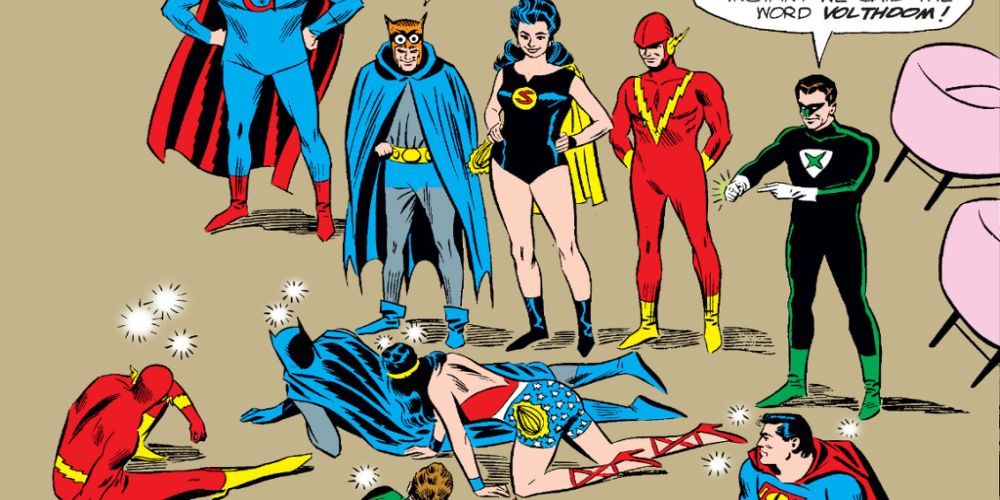
Fox and Sekowsky had such a good time creating a crisis for the first JLA-JSA meeting that they developed a new one for their next gathering. In "Crisis on Earth-Three," which appears in Justice League #29 and #30, the teams battle superbeings of Earth-Three -- the Crime Syndicate of America (CSA).
Bored with the goings-on of their Earth, where their evil usurps the general good, the CSA looks toward Earth-One for a good fight. When they seemingly defeat the JLA, the Crime Syndicate makes Earth-Two and the JSA their next target. However, the League alerts the Society ahead of time. As a result, the Syndicate gets the shellacking they deserve.
7 Crisis On Earth-Prime (1982): The Crime Syndicate Returns
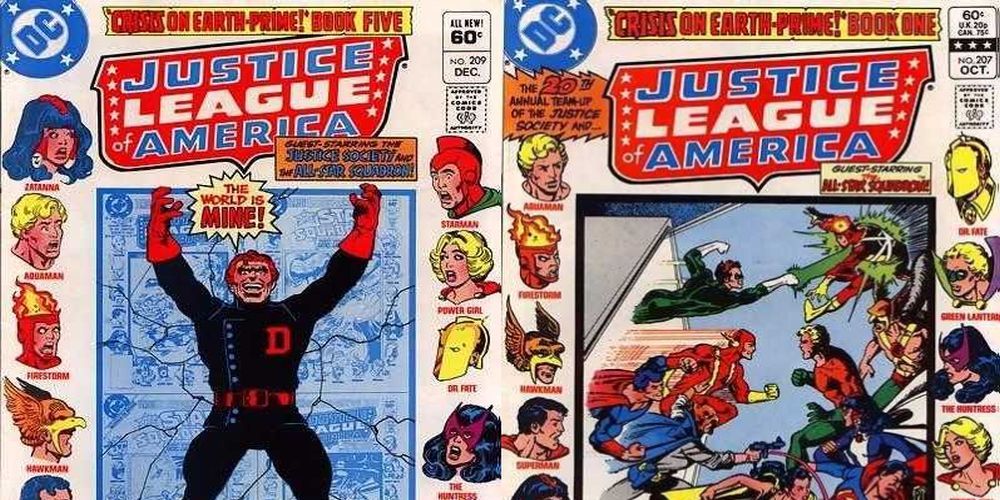
There were other crises featured in Justice League during the 1960s and 1970s. For instance, 1965's "Crisis on Earth-A" featured another evil version of the JLA called the Lawless League. In 1973, "Crisis on Earth-X" paired the JLA and JSA with the Freedom Fighters of Earth-X, a version where Germany won World War II.
The last official JLA-JSA pairing, "Crisis On Earth-Prime," is unique, as it was the first to crossover with another title. With Gerry Conway as writer and Don Heck as the artist for the Justice League of America books, the story reintroduced the Crime Syndicate and brought in the All-Star Squadron. It spanned both time and different Earths that Per Degaton had manipulated.
6 Crisis On Infinite Earths (1985): The DC Universe Is Reborn
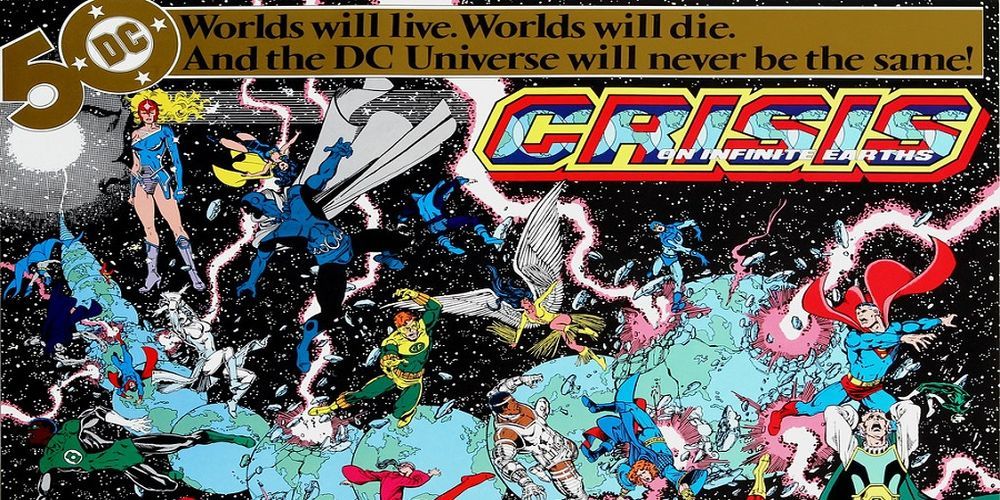
In 1985, DC Comics wanted to do something special to celebrate its 50th anniversary. They hired New Teens Titans creators Marv Wolfman and George Perez to create a year-long epic. In turn, they decided to destroy DC's multiverse and start over with a single Earth.
This became the 12-part Crisis on Infinite Earths. Out of all the crisis titles, this one had the greatest effect with the deaths of Silver Age heroes like Supergirl and Barry Allen's Flash. Additionally, it caused other titles to completely reboot their heroes' histories. In the end, Crisis on Infinite Earths became the standard-bearer for other line-wide events.
5 Zero Hour: Crisis In Time (1994): The DC Universe Gets a Soft Reboot
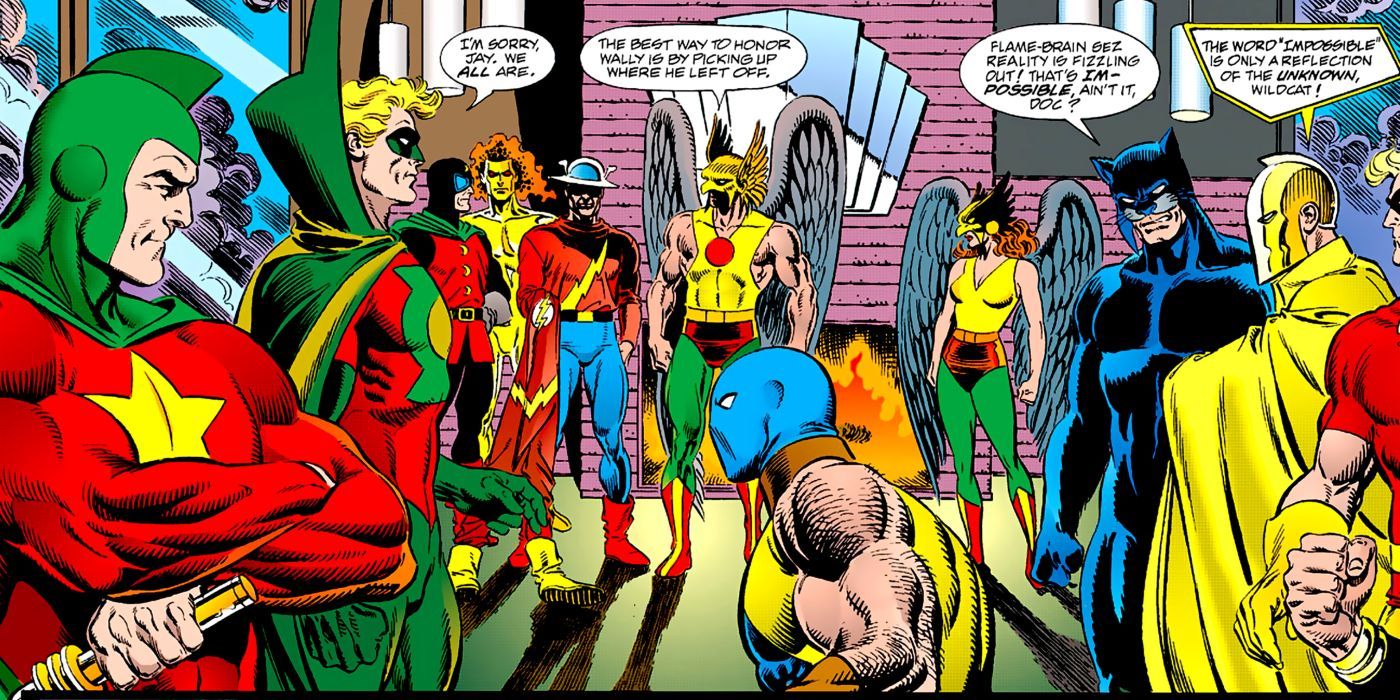
Almost a decade after Crisis on Infinite Earths, there were still unaddressed continuity issues. Some of these were leftover from the pre-Crisis universe, as well as other problems that developed over the years. To correct this, then-Superman writer and artist Dan Jurgens and inker Jerry Ordway were brought in to softly reboot the DC universe.
The result became Zero Hour: Crisis in Time, a five-issue mini-series numbered backward. The villains of the event, Extant (former hero Hawk) and Parallax (former hero Hal Jordan) tried to unravel the current timeline and rebuild it for their desires. One of the biggest changes from Zero Hour was the elimination of the pre-Crisis Legion of Super-Heroes. For other series, their post-event zero issues became a good starting point for new readers.
4 Identity Crisis (2004): Dark Secrets Are Revealed That Change Everything
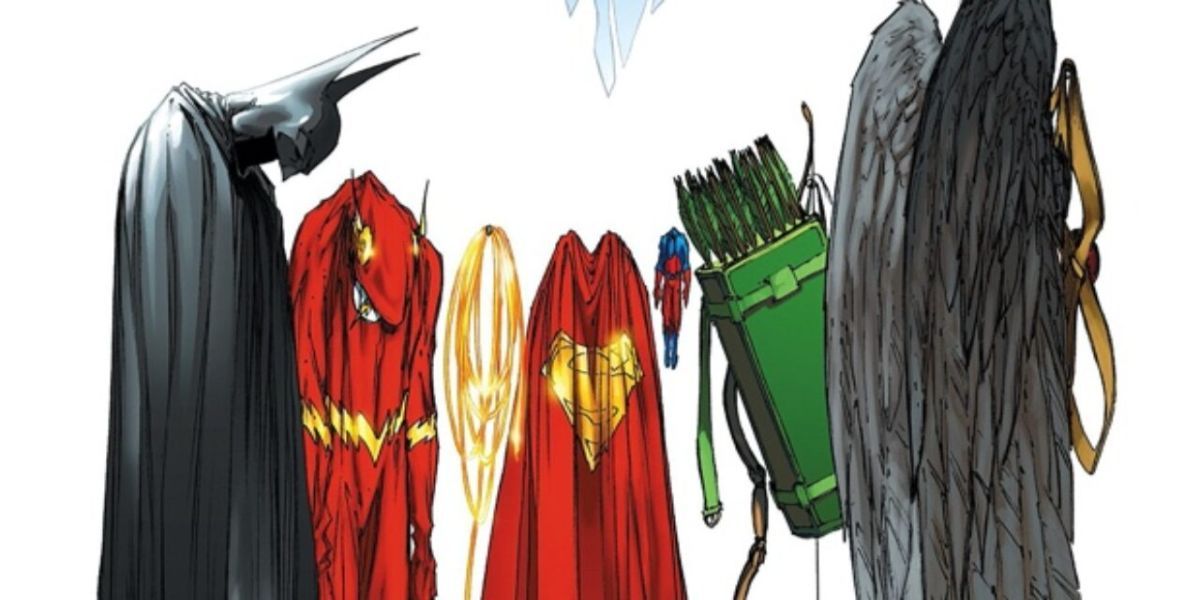
It was another 10 years before a new crisis emerged. Unlike the others, Identity Crisis was firmly placed in the then-current DC universe. Furthermore, it added a dark pall over the Justice League and its previous actions.
Written by Brad Meltzer and drawn by Rags Morales, Identity Crisis starts with the shocking death of Sue Dibny, wife to Elongated Man. The event begins to unravel secrets never revealed. This includes the sexual assault of Sue by Dr. Light and his subsequent mindwipe by Zatanna. The items brought up in Identity Crisis affected several titles and started the snowball rolling into the next crisis.
3 Infinite Crisis (2005): Heroes Of Crisis On Infinite Earths Go Rogue
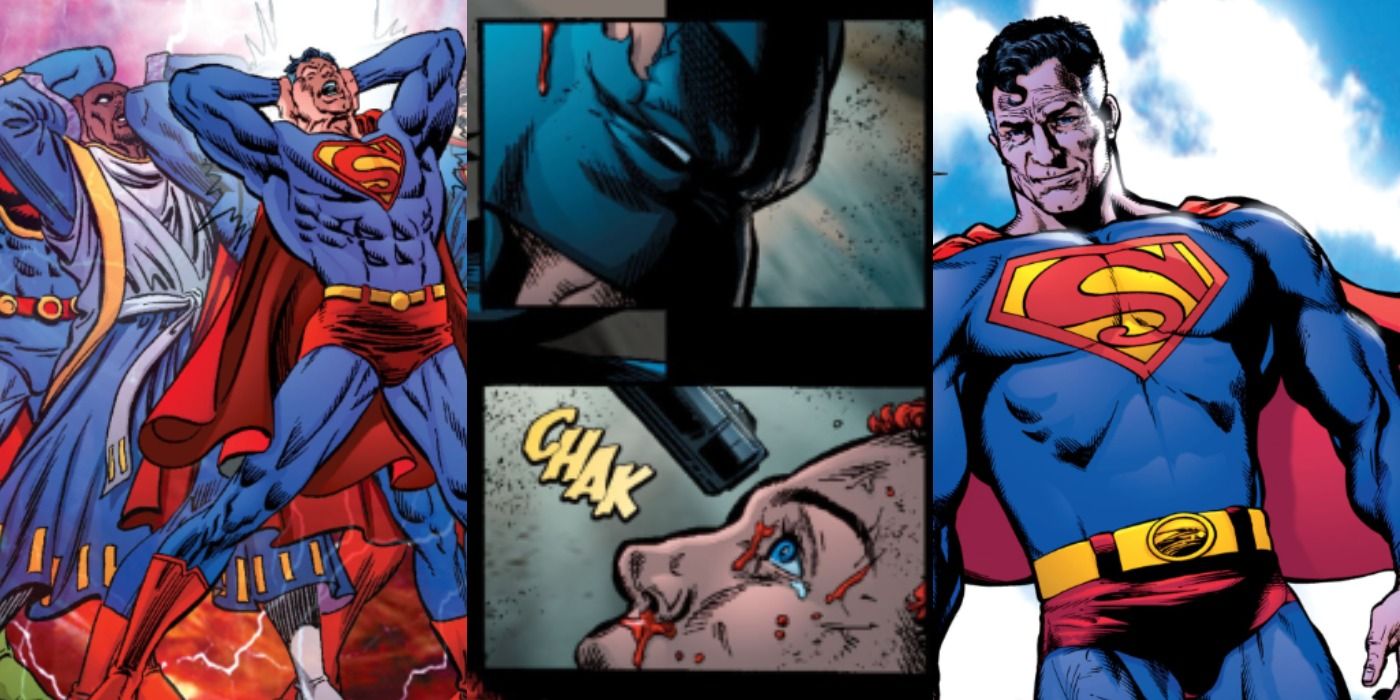
The DC Comics universe was Marvelesque dark after Identity Crisis. Former Justice League leader Maxwell Lord killed Ted Kord, the hero known as Blue Beetle. Subsequently, Wonder Woman killed Max, angering Batman and Superman. To top this off, a trio from Crisis on Infinite Earths returned to restore the multiverse, whether others wanted it or not.
This happened in the pages of 2005's Infinite Crisis by writer Geoff Johns and artists Phil Jiminez, George Perez, and Ivan Reis. The seven-issue miniseries features the return of Alex Luthor, Earth-2 Superman, and Earth-Prime Superboy. Eventually, this group ends up restoring the multiverse. In doing so, current Superboy Conner Kent is killed and Superboy-Prime becomes evil. Due to what they encountered in Infinite Crisis, Superman, Batman, and Wonder Woman take a year-long leave of absence from superheroing.
2 Final Crisis (2008): Darkseid Obtains The Anti-Life Equation
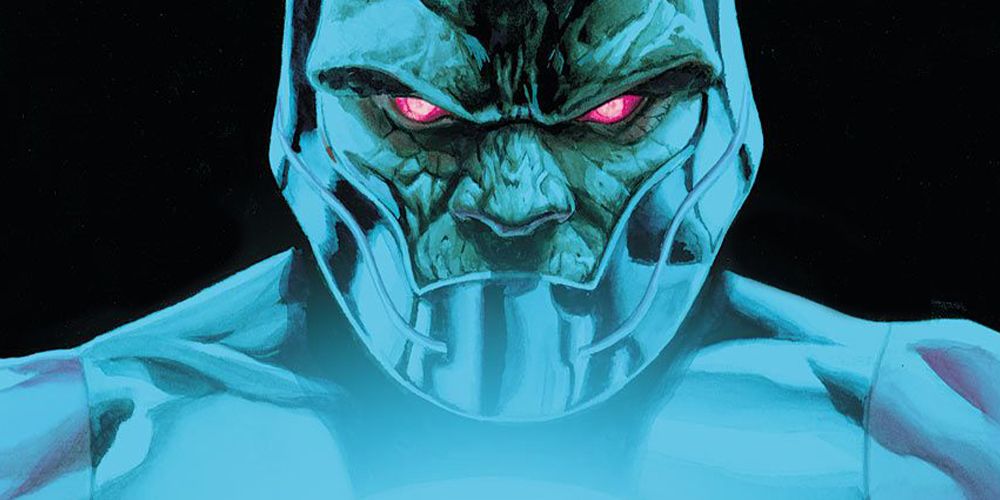
The 2008 Final Crisis event is more than its seven-issue miniseries by writer Grant Morrison and artists Gerard Jones, Carlos Pacheco, and Doug Mahnke. It's a culmination of situations that stem from the post-Infinite Crisis series 52 and Countdown to Infinite Crisis. In separate miniseries, it focuses on Flash's Rogues Gallery, the Red Lanterns, and several versions of the Legion of Super-Heroes. Plus, Barry Allen returns from the Speed Force, and President Superman is given a proper introduction.
The main Final Crisis series focuses on the return of Darkseid and his quest for the Anti-Life Equation. Released into the Earth's communication network, most people fall to the New God's commands. It takes two Flashes (Barry and Wally West), several villains and heroes, and the "death" of Batman to end Darkseid's reign. Other than Bruce Wayne's attempt to return to the present, Final Crisis doesn't have an enormous impact as other series.
1 Heroes In Crisis (2018): An Unlikely Person Causes Great Sorrow
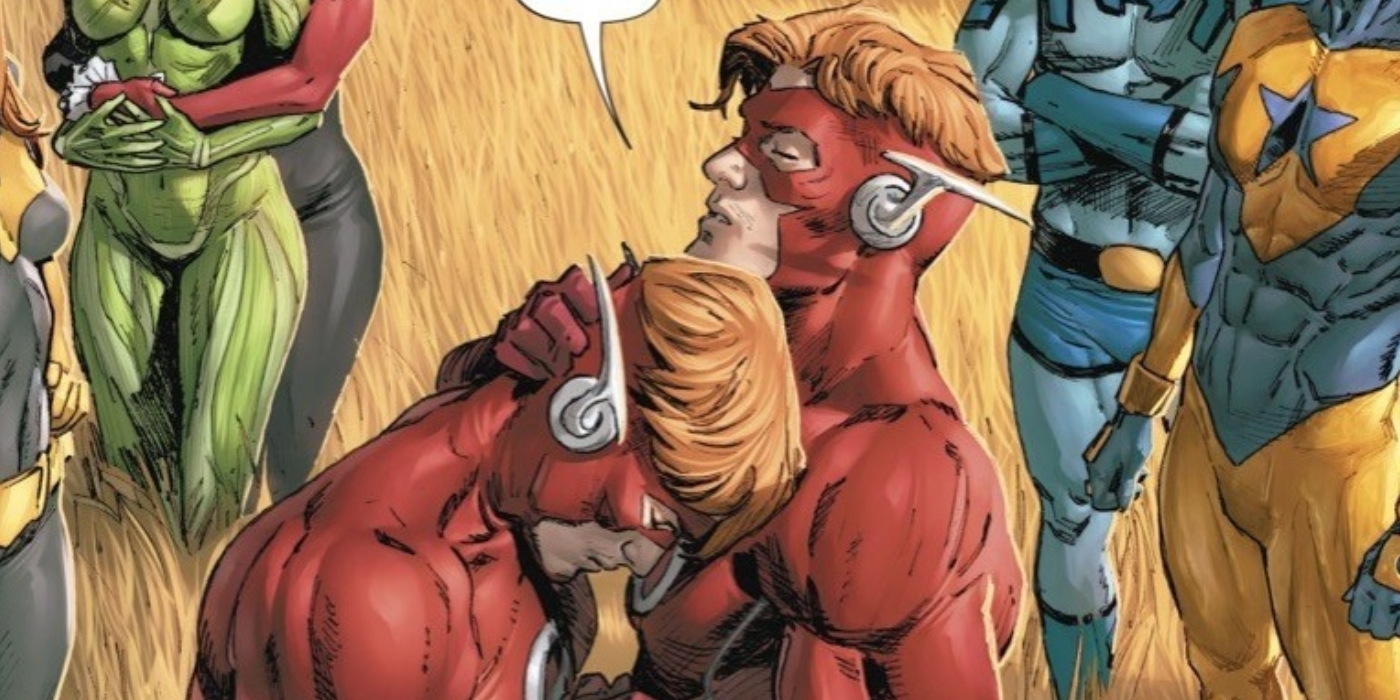
Earths don't perish and timelines aren't unraveled in 2018's Heroes in Crisis. Rather, the nine-issue series by writer Tom King is considered a murder-mystery. In fact, unlike hero-spanning issues of other events, Heroes in Crisis is focused on a smaller group.
It starts at a mass death in Sanctuary, a mental health restoration facility set up by the Trinity. Among those who perish are Roy Harper, former Justice League Europe member Blue Jay, former Teen Titan Lagoon Boy, and, allegedly, Wally West. However, as pieces fall into place, it turns out Wally's nervous breakdown in Sanctuary caused all the deaths. As the series ends, readers see this version of the Flash in a Justice League prison.
Source: Trendz OH
No comments:
Post a Comment